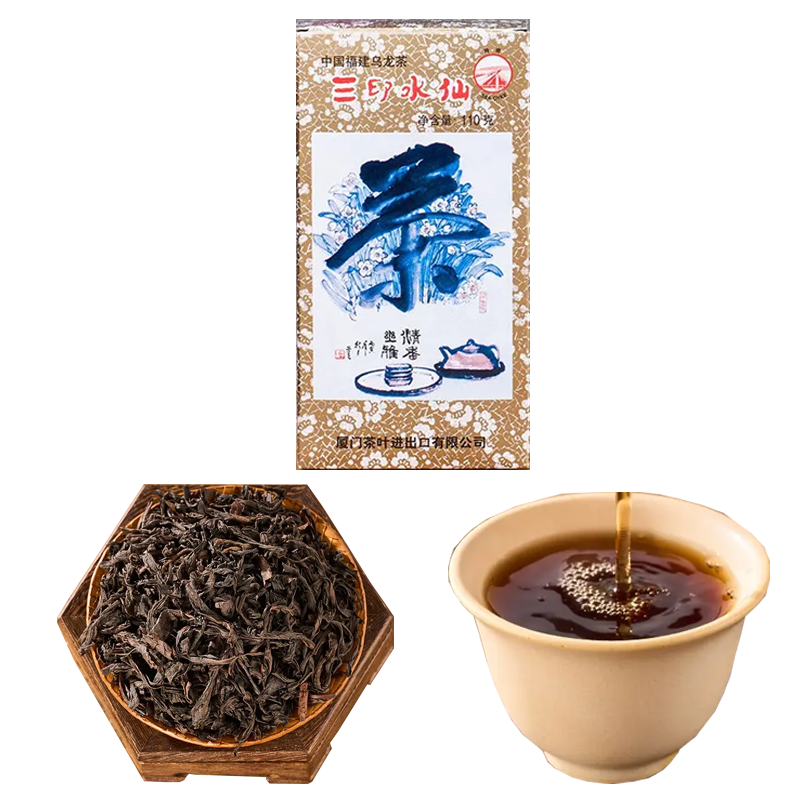
For thousands of years, the Chinese civilization has been privileged to pratique and enjoy the beverage of tea. It’s funny to think how tea has become something more than a drink now. From what one would consider as plain leaves, one can create an artistic culturally rich reflection of china. You can certainly say that tea has been an integral and important part of the Chinese identity. Most don’t know, there’s a lot of Chinese history behind tea. Tea drinking culture had developed throughout the Tang Dynasty, people would perform tea ceremonies which were regarded as social gathering events. Over the centuries, certain influences added several unique characteristics to it, all of them combining to help make tea what it is now.
There are primarily six types of tea: green, black, white, oolong, and dark tea (which includes pu-erh). Each one is distinct and requires a unique production technique, the only commonality between all types of teas would be green tea due to its refreshing and grassy taste. Other famous types of tea such as the Keemun black tea for example offers rich and malty tones while oolong has a floral sweet scent to it which makes it really well sought out for.
Chinese tea is more than just an enjoyable flavor; it is good for your health as well. Tea is the best option to lessen the chances for chronic diseases, help with digestion and stay more awake. These merits are what have made the Chinese tea popular all over the world. Drinking a cup of Chinese tea, definitely quenches your thirst but the more events is exploring a tradition that has always bonded people through history.
If you are a fan of green tea or pu-erh, you will be able to enjoy Chinese tea with its different tastes and memories. While many consumers nowadays are searching for only the best teas, it can be great fun to learn the culture and history of each tea in China.